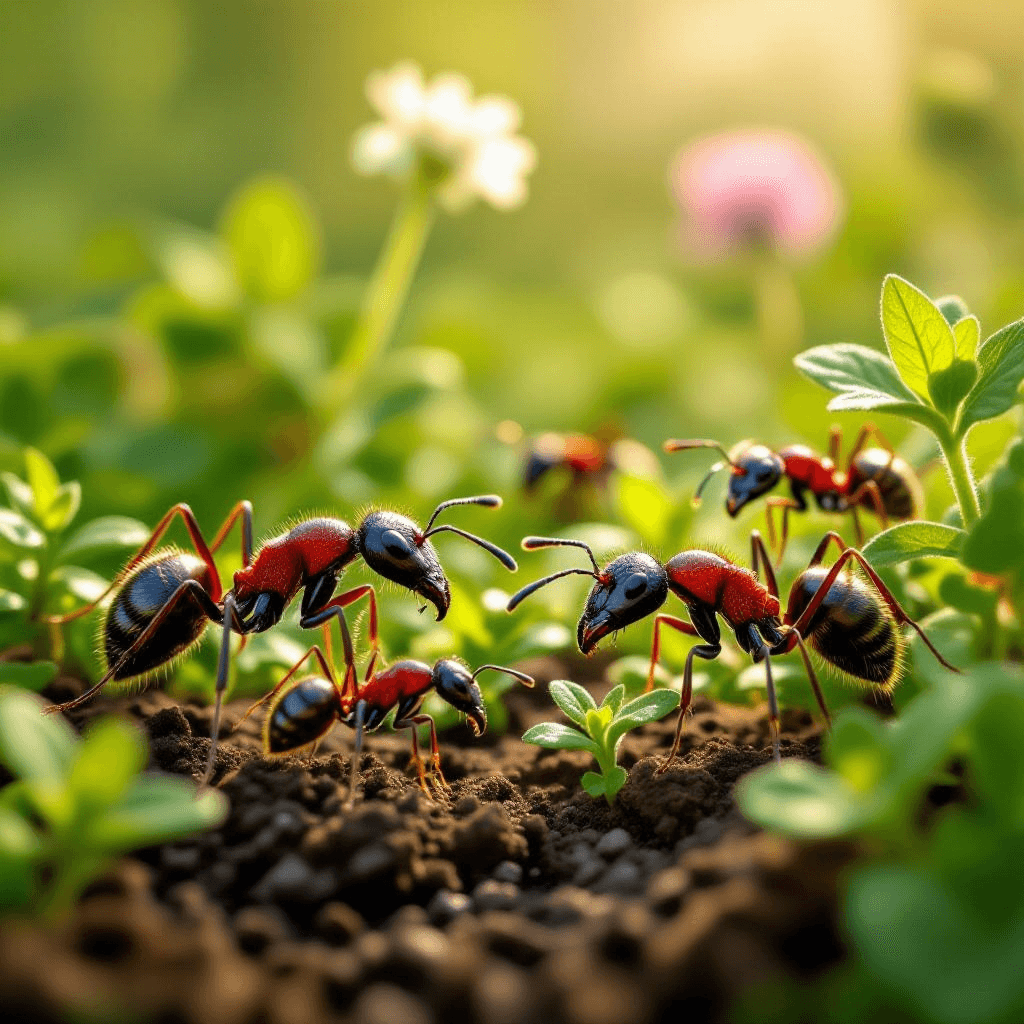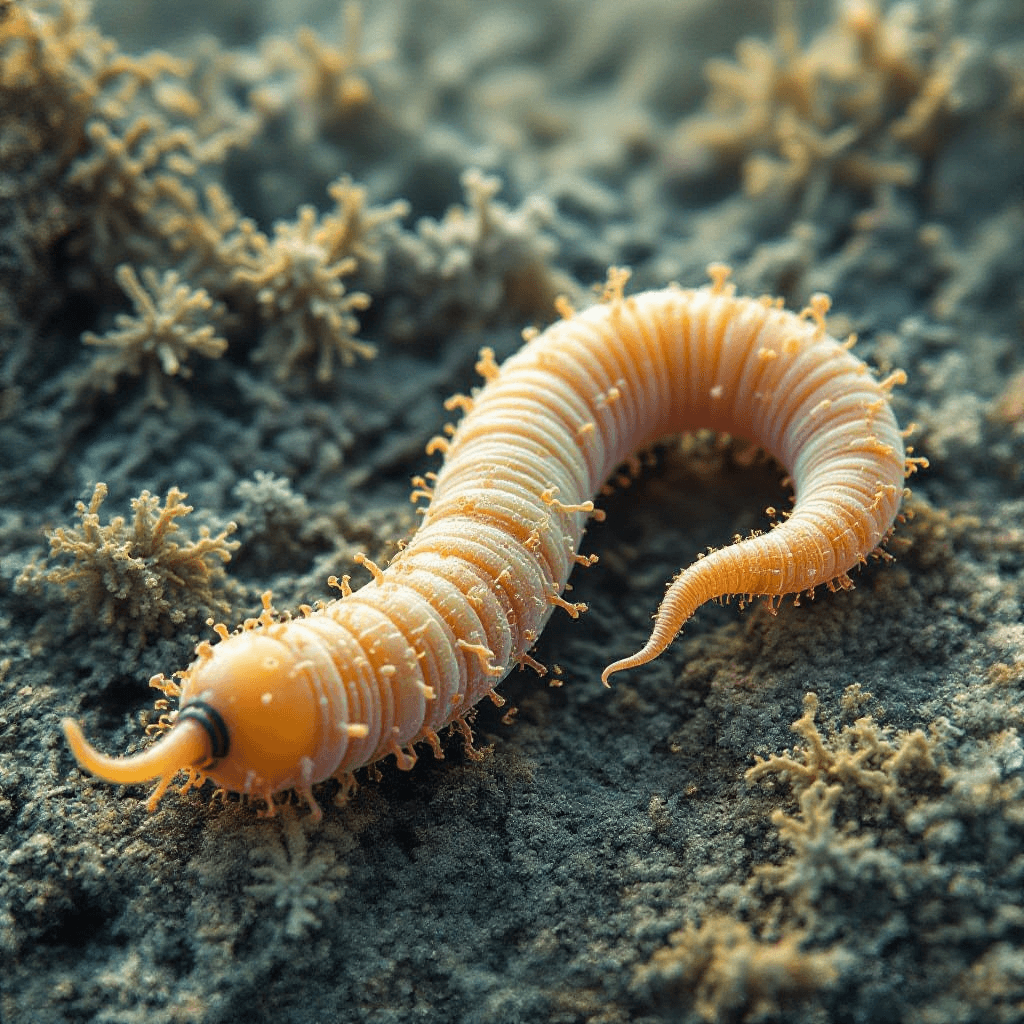Understanding the Ant Problem in Your Garden
Ants are a common sight in gardens, drawn by various factors that make your outdoor space appealing to them. One primary reason for their attraction is the availability of food sources, such as nectar from flowers, ripe fruits, and decaying organic matter. Additionally, many species of ants are known to farm aphids, which excrete a sweet substance called honeydew that ants consume. Therefore, a thriving garden with abundant plant life can inadvertently attract these industrious insects.
Several ant species frequently inhabit gardens, with the most common types including Carpenter ants, Sugar ants, and Argentine ants. Carpenter ants can cause significant damage to wooden structures, as they nest in damp wood, making them a considerable concern for gardens with wooden features. Sugar ants, on the other hand, are attracted to sugary substances and are less damaging, though their presence can indicate underlying issues with pest control in the garden. Argentine ants form large colonies and can outcompete native ant species, potentially disrupting the local ecosystem.
While ants are known for their beneficial roles in the ecosystem, such as aerating the soil, controlling pests, and aiding in seed dispersal, they can pose challenges for garden health. Their presence can lead to soil erosion, as they create tunnels and nests that may compromise soil structure. Furthermore, ants can protect aphids from natural predators, leading to increased populations of harmful pests. Understanding these dynamics is crucial for gardeners seeking effective solutions. Identification of the specific ant species can guide tailored strategies to manage their presence while minimizing potential harm to plants and overall garden health.
Natural Remedies to Deter Ants
Ants can be a persistent problem in gardens, but several natural remedies can help deter these pests without resorting to harmful chemicals. One effective approach involves the use of essential oils. Oils such as peppermint, tea tree, and citrus can repel ants due to their strong scents. To utilize this method, mix a few drops of the essential oil with water in a spray bottle and apply it around ant entry points, on plants, and along their trails. Reapplication may be necessary after rain or watering.
Diatomaceous earth (DE) is another natural remedy that can aid in keeping ants at bay. This fine powder, made from fossilized algae, can damage the exoskeletons of ants upon contact. To use DE, sprinkle it along ant trails, nests, and around the perimeter of your garden. Be sure to choose food-grade diatomaceous earth for safety, especially if you have pets or children in the vicinity.
Vinegar serves as yet another useful deterrent. Its acidity disrupts the natural scent trails that ants use to navigate. Combine equal parts vinegar and water in a spray bottle, and apply it to areas where you notice ant activity. Moreover, other household items like baking soda and sugar can be combined to create a bait that can eliminate ants. The sugar attracts them while the baking soda disrupts their digestive system, ultimately assisting in reducing their population.
Regularly cleaning up food spills, sealing trash bins, and maintaining a tidy garden environment can further support your efforts in achieving a pest-free space. By strategically employing these natural remedies, you can effectively deter ants from invading your garden while promoting a healthier ecosystem free from synthetic chemicals.
Using Baits to Control Ant Populations
Ant baits have emerged as a highly effective strategy for managing ant populations in gardens. Unlike traditional insecticides, which kill ants on contact, baits work on a different principle. They are designed to attract ants with a tempting mixture of food and insecticide. Once the ant consumes the bait, it returns to its colony, effectively spreading the toxin to other ants, including the queen. This method targets the heart of the colony, increasing the likelihood of a long-term solution.
There are various types of ant baits available, ranging from commercial products to homemade options. Commercial baits often contain active ingredients like boric acid or hydramethylnon, while homemade solutions can include sugar and baking soda. Sugar serves as an attractant, while baking soda can act as a lethal component when ingested by the ants. These homemade baits tend to be more accessible and can be customized according to specific garden needs.
Strategically placing ant baits is crucial for optimizing their effectiveness. Baits should be located near ant trails and entry points to the garden. It is advisable to position them on flat surfaces to help prevent spillage, as well as in sheltered areas that are less exposed to the elements. Regular monitoring of the bait stations is essential, as ants may quickly consume the bait and require replenishment. Additionally, it is important to keep an eye on the garden’s ant activity; observing a decrease in ant presence is an indication that the baiting system is working.
Results from baiting can vary, but most users may begin to see a reduction in ant activity within a week or two. Patience is key, as complete control might take several weeks depending on the size of the colony and the environmental conditions. By employing a methodical approach to baiting, gardeners can effectively manage and ultimately reduce ant populations in their outdoor spaces.
Creating Barriers to Prevent Ant Infestations
Establishing physical barriers is an effective strategy for deterring ants from infiltrating your garden. These barriers can be made from various materials that ants find difficult to cross, thereby reducing their access to your plants. One popular method involves using coarse sand. By creating a perimeter of sand around your garden beds, you can impede ants’ progress since they struggle to navigate through this substance. It is essential to maintain a consistent depth of sand, ensuring it remains dry and devoid of debris, as damp conditions can diminish its effectiveness.
Another commonly utilized barrier material is coffee grounds. These not only serve to deter ants due to their strong scent but also provide a minor boost in nutrients to the soil. Dispersing a layer of used coffee grounds around your plants can act as both a protective measure and a natural fertilizer. However, it is crucial to monitor the area, as residual moisture from the coffee can attract other pests if left unattended. Regular maintenance involves refreshing the coffee grounds after rain or watering sessions to maintain their efficacy.
When designing your garden, consider incorporating strategic landscaping elements that can further deter ants. Planting herbs like mint or basil around your garden perimeter may create a natural repellent due to their fragrances that ants tend to avoid. Additionally, maintaining healthy soil and promoting diverse plant life can improve overall resilience against infestations.
In conclusion, creating effective barriers involves selecting appropriate materials and regularly maintaining them to thwart ant invasions. By integrating these strategies with thoughtful garden design, you can significantly reduce the chances of ant problems in the future, thereby fostering a thriving garden environment.


